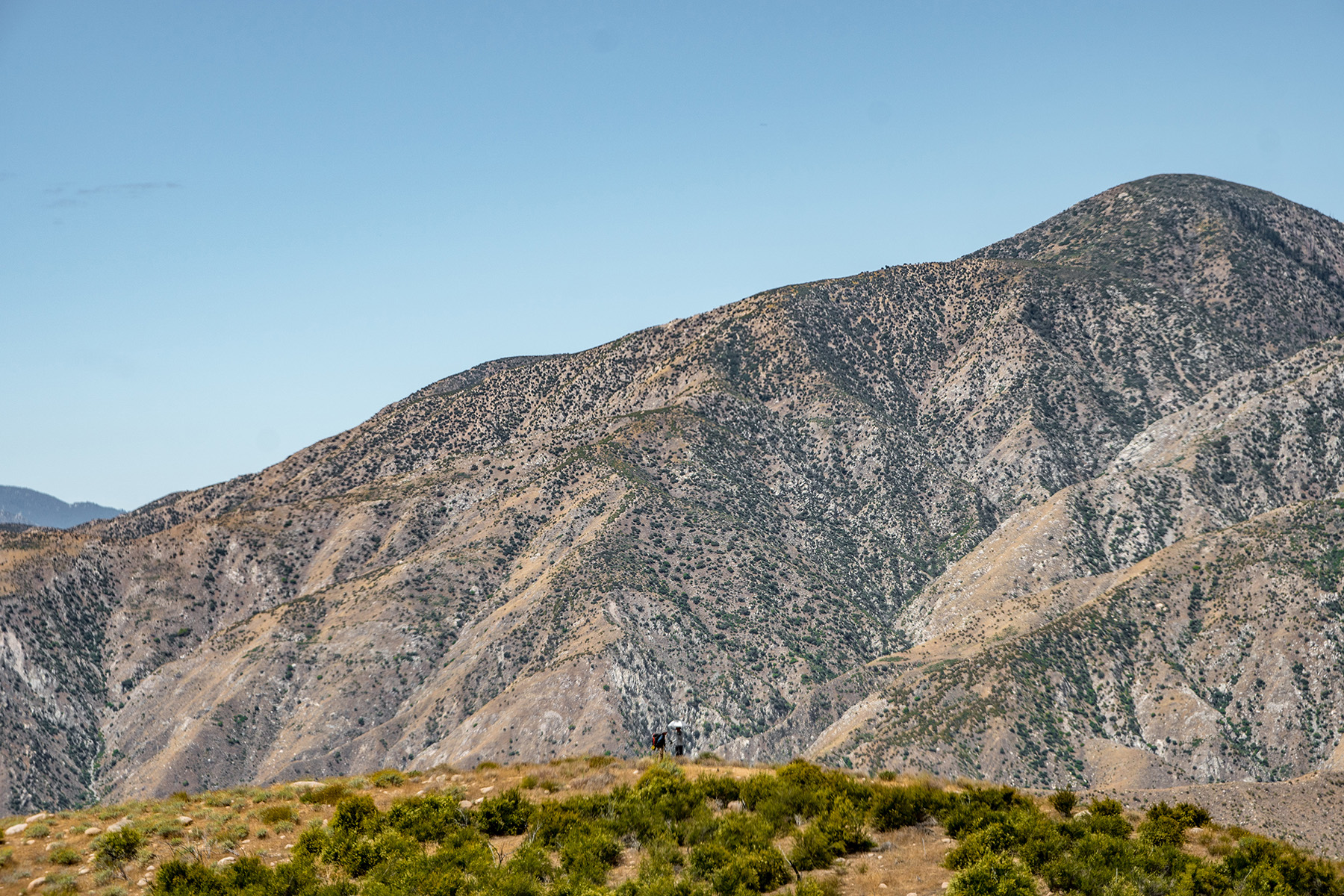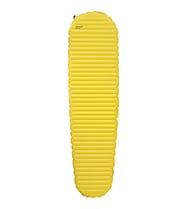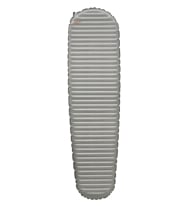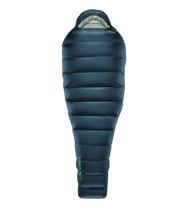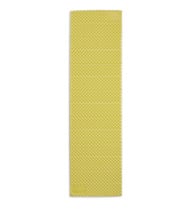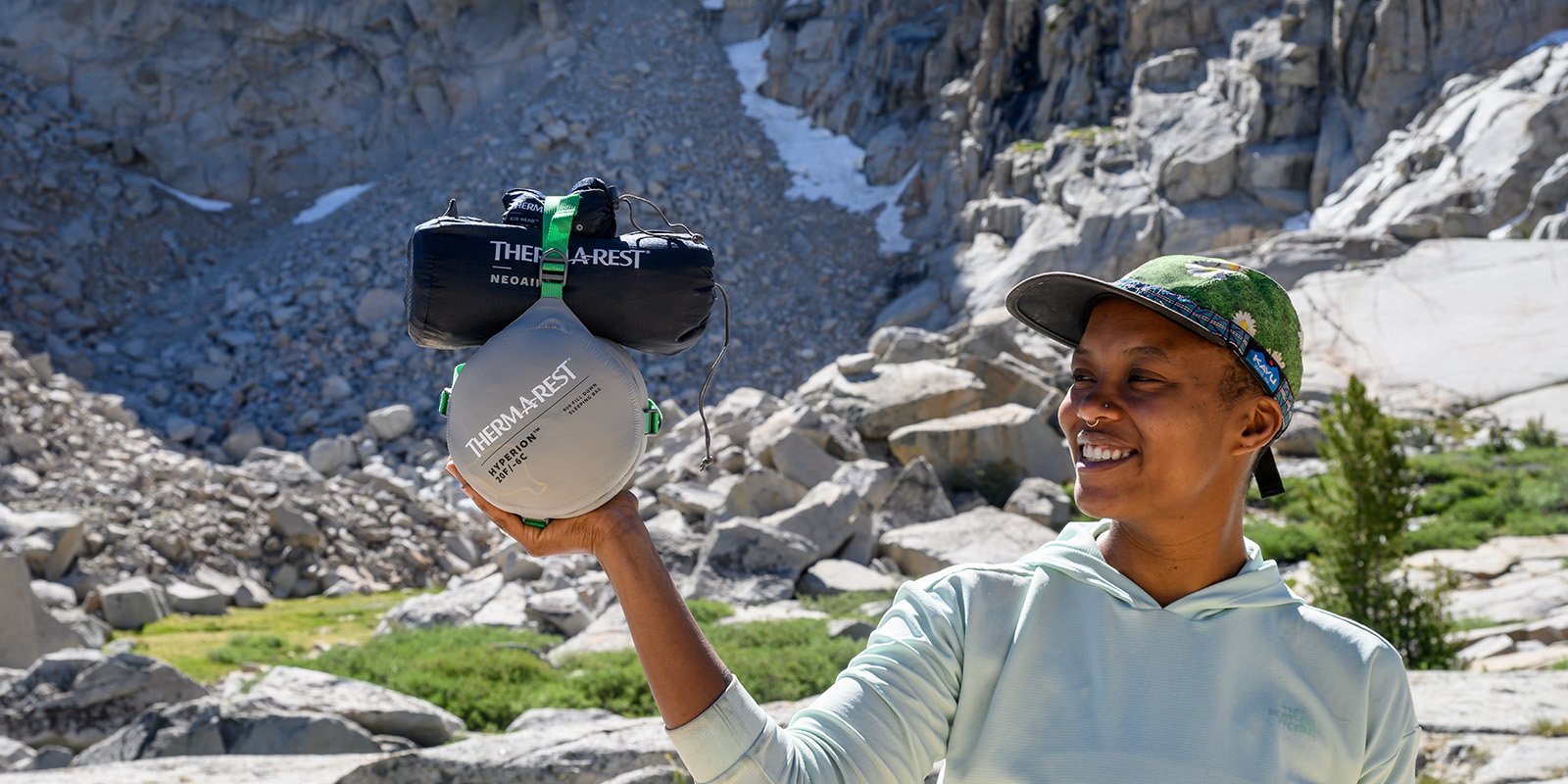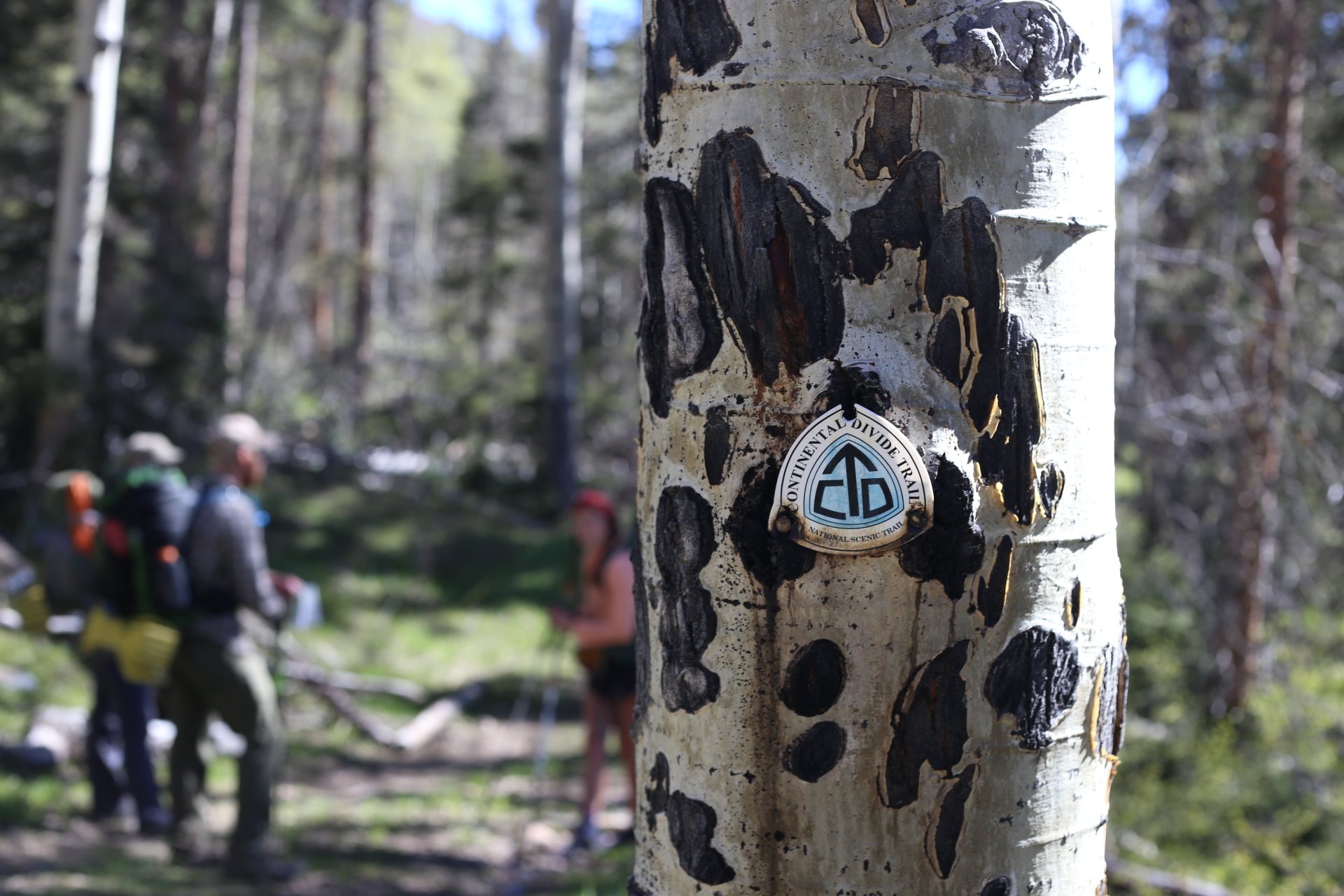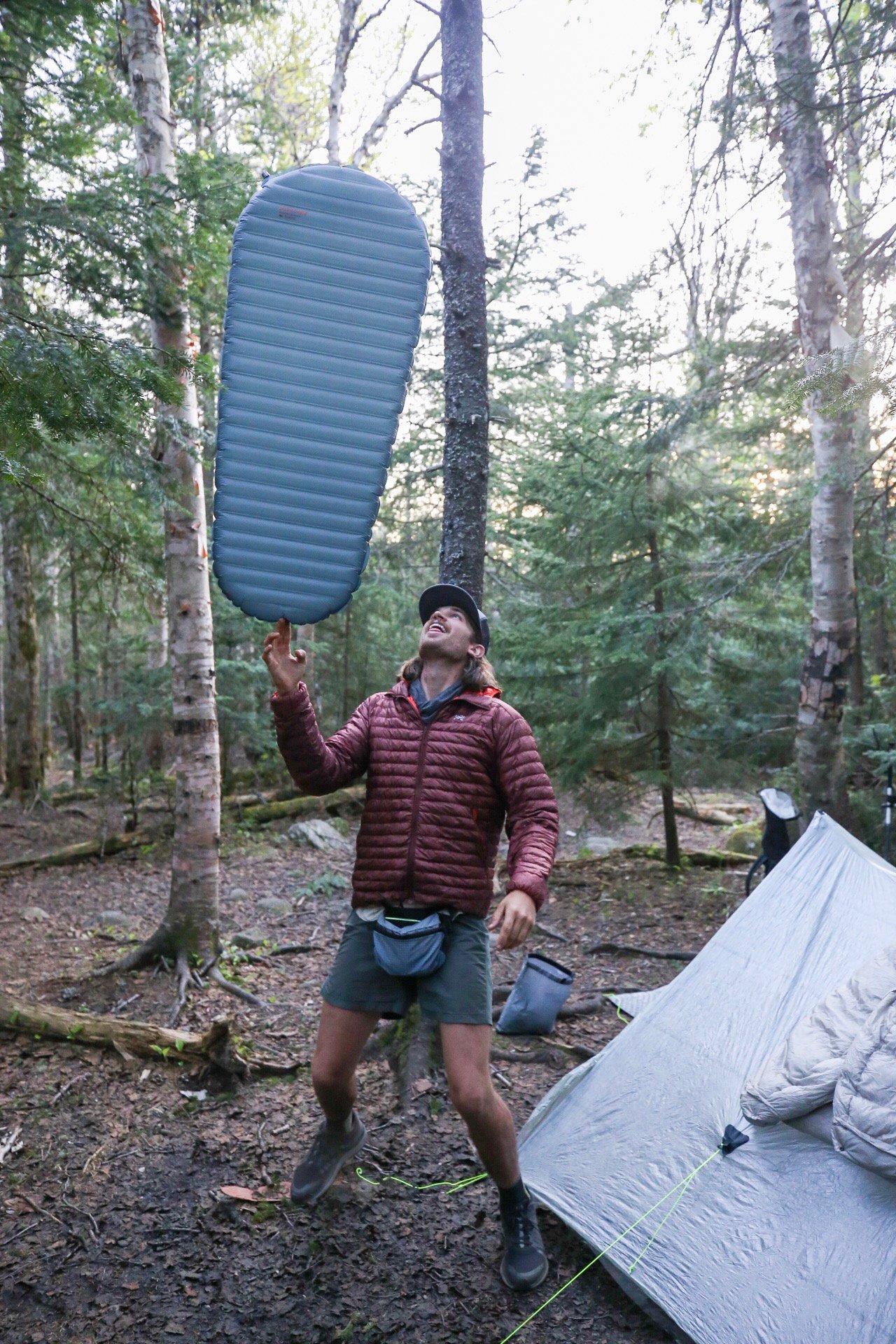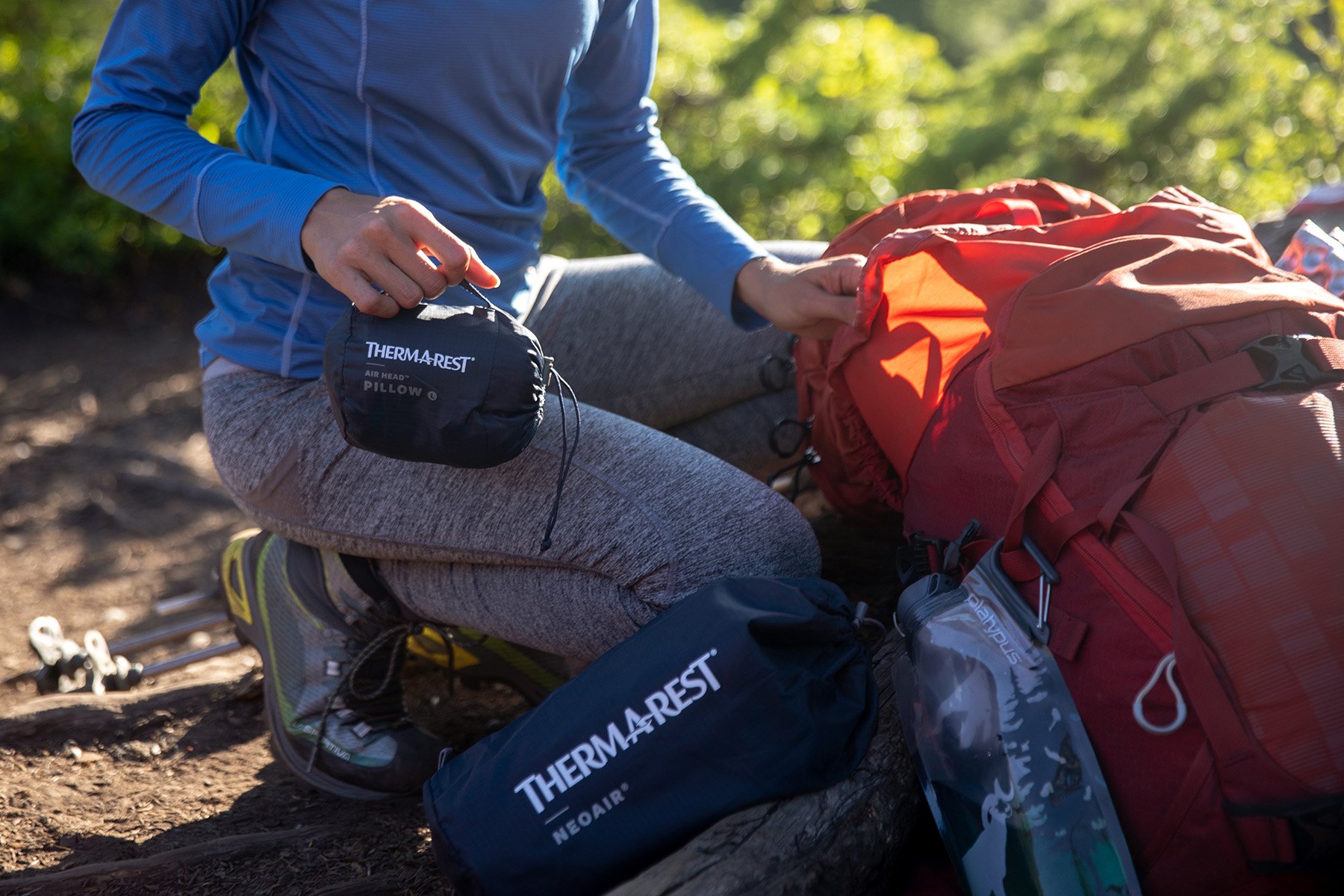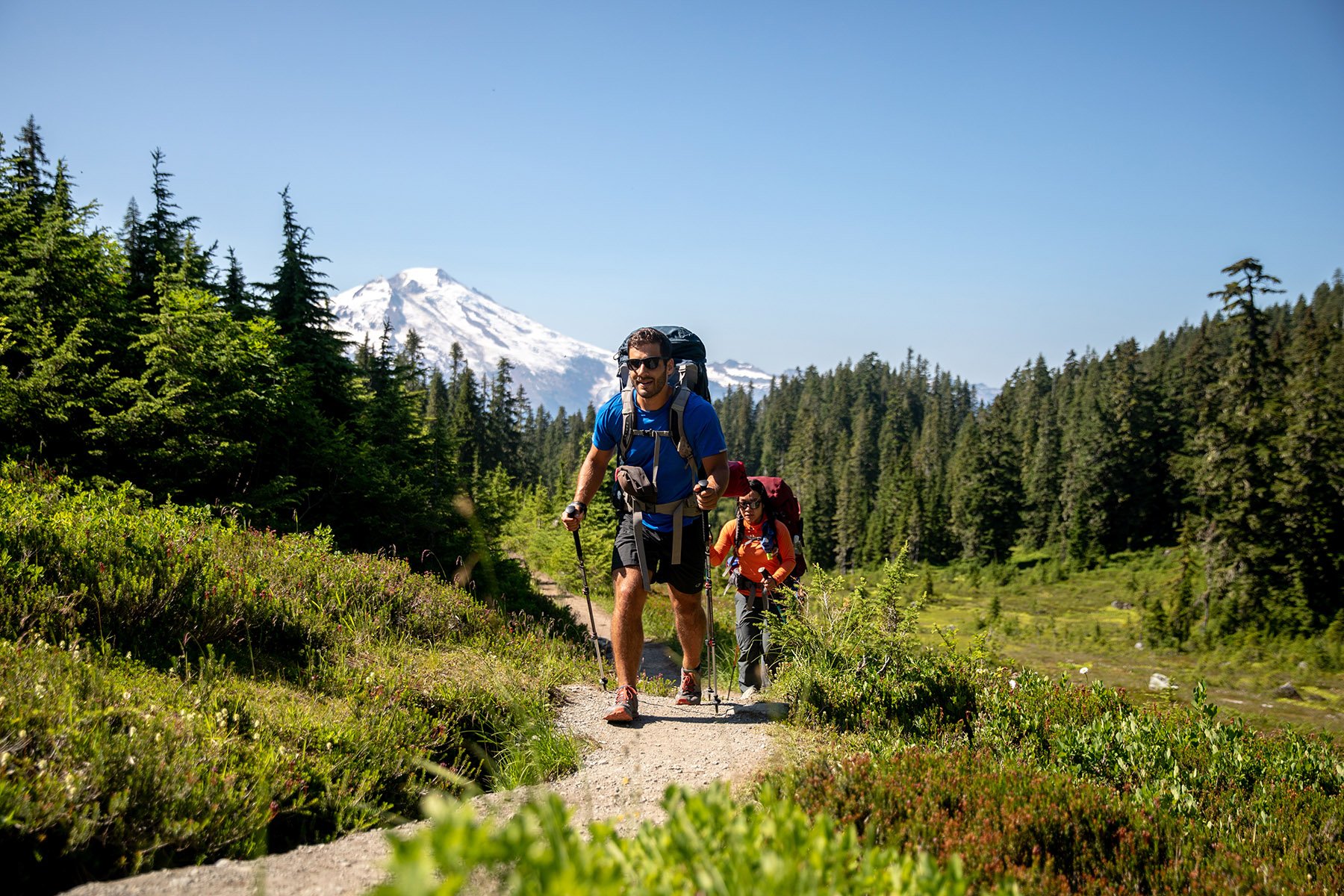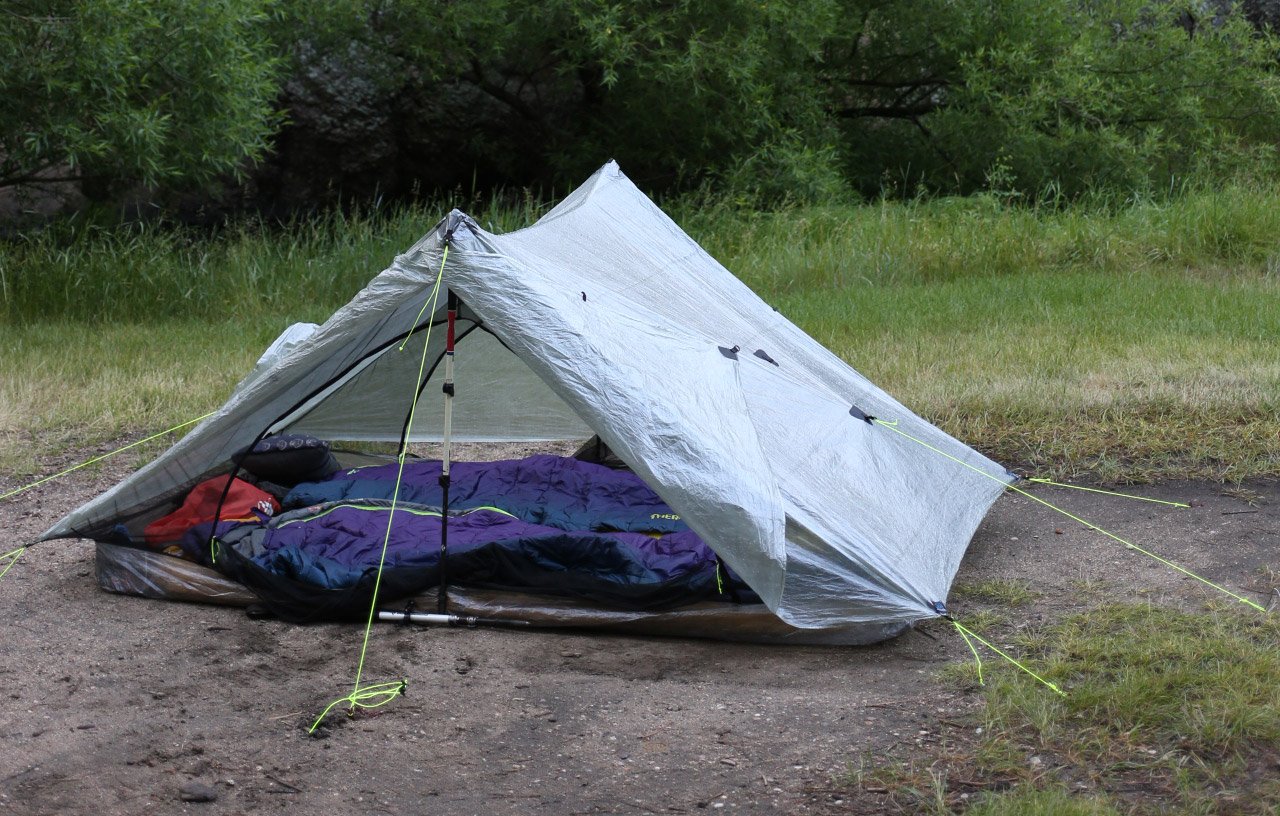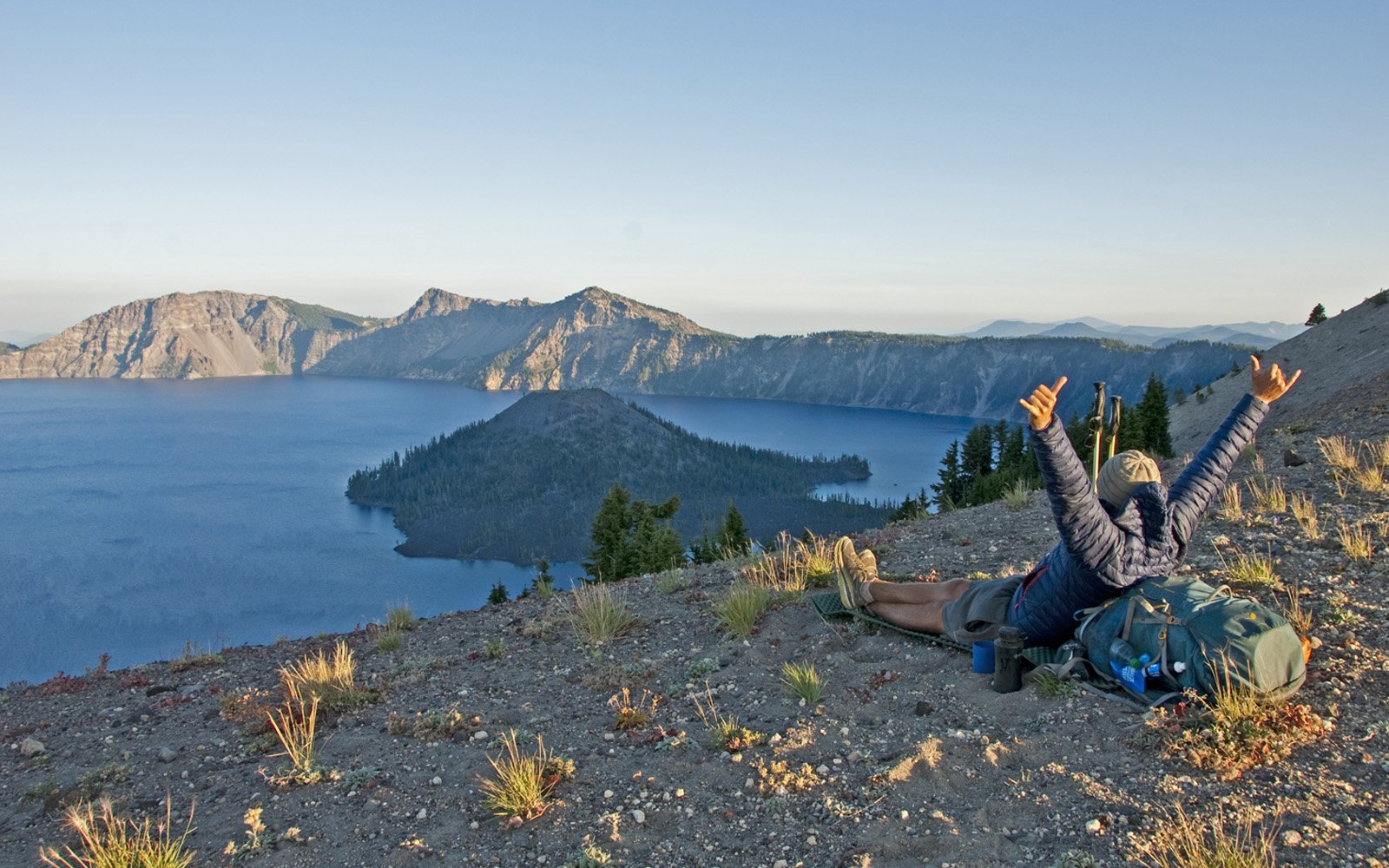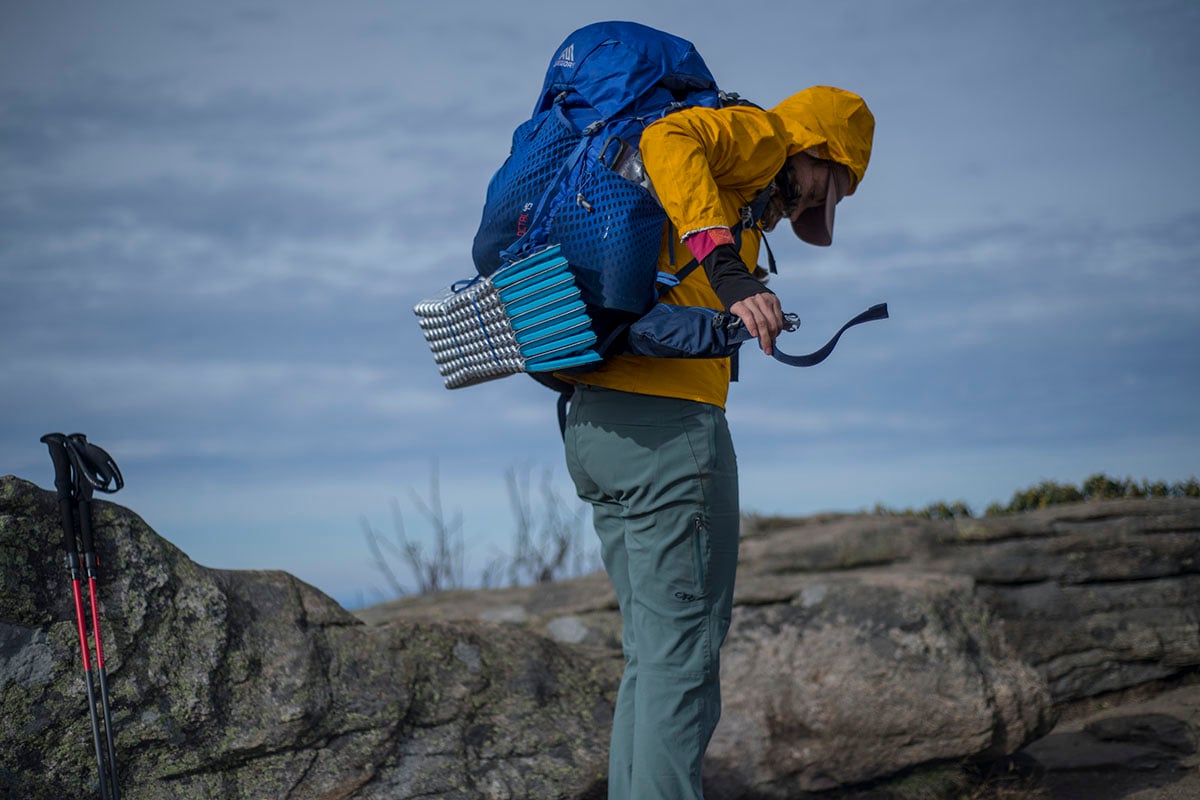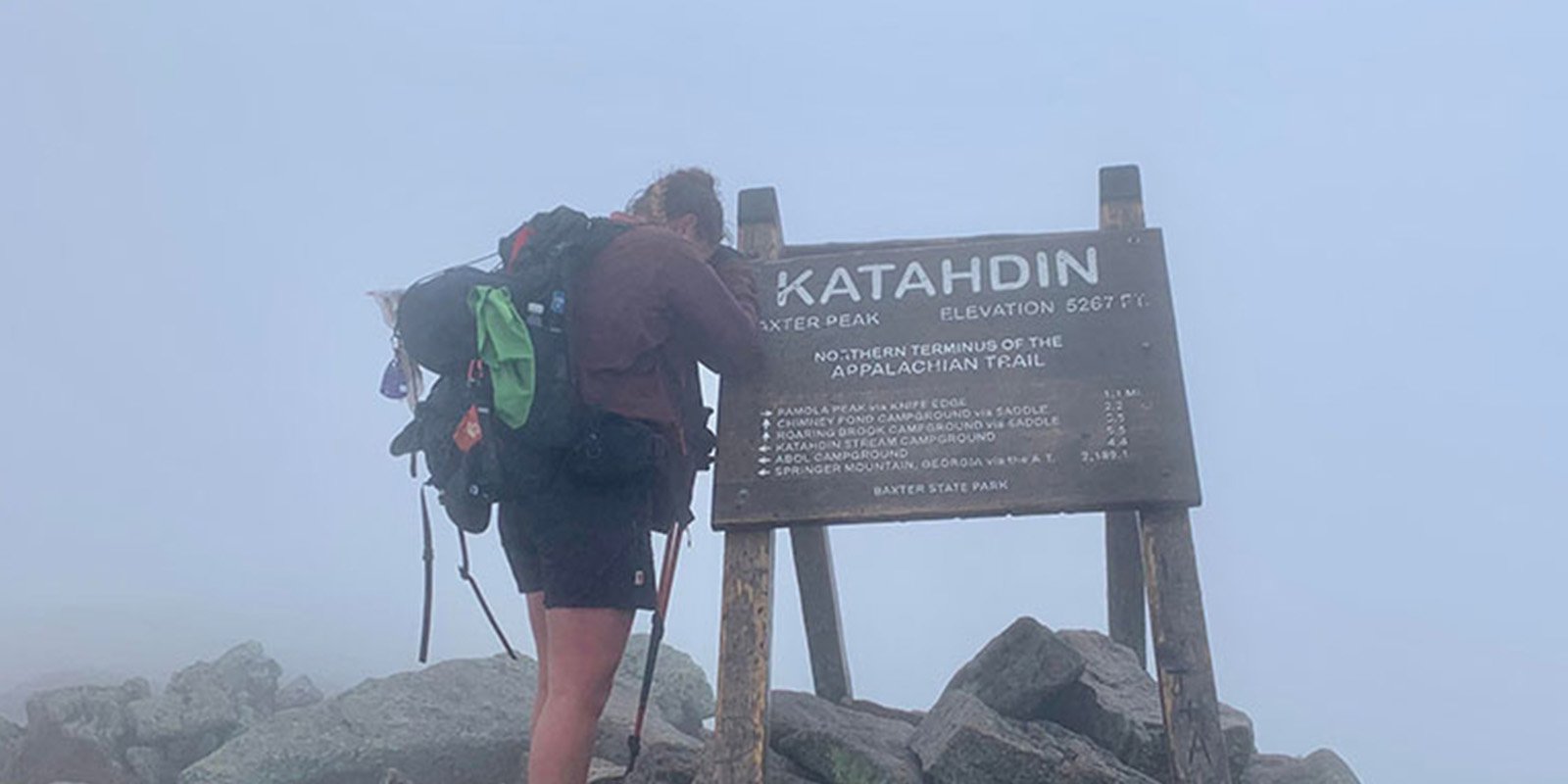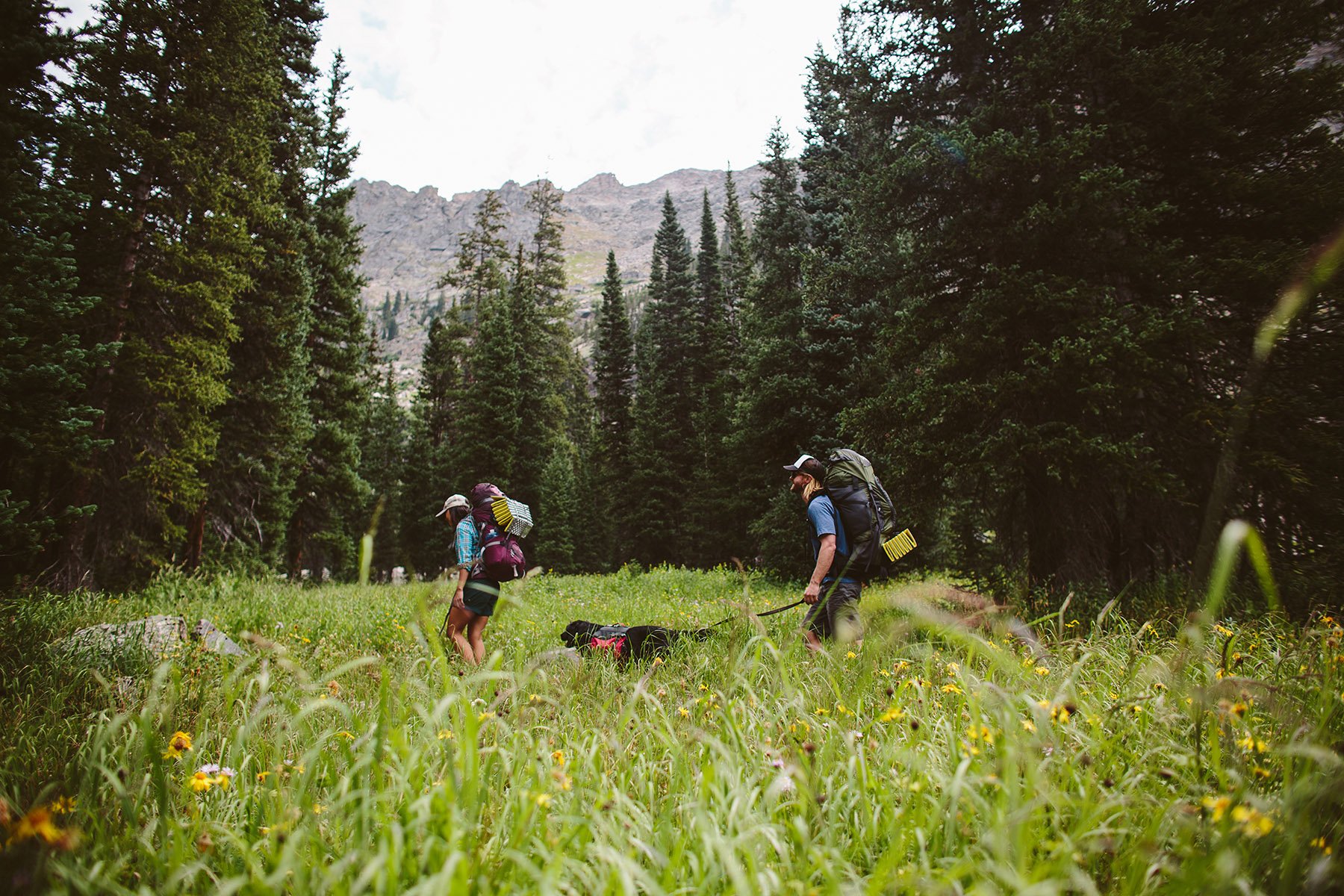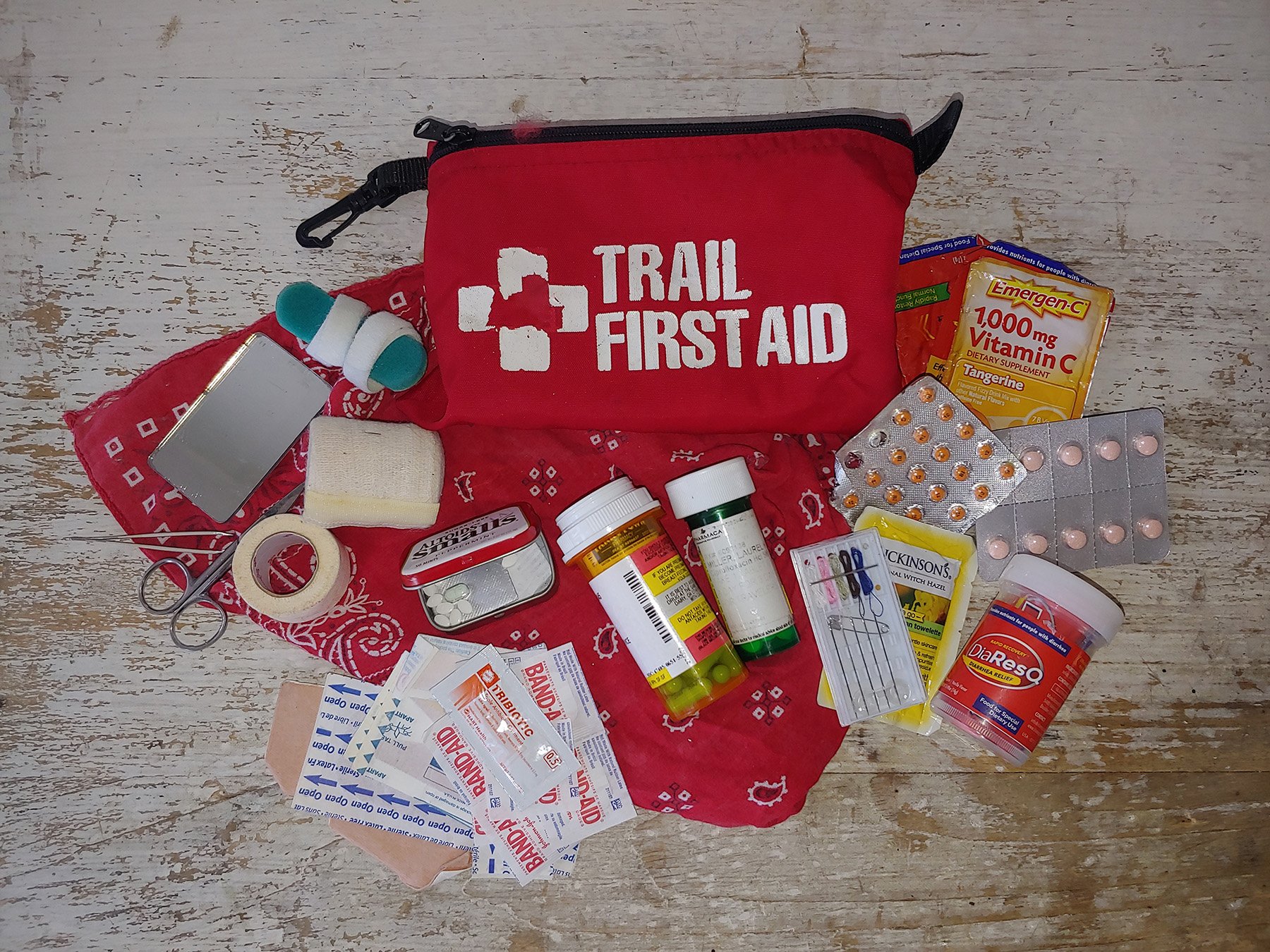My first steps on the Pacific Crest Trail were the first I’d ever taken on a multi-day backpacking trip. I’d spent months planning my PCT thru hike. I’d assumed I was prepared for anything and everything the next five months would throw at me.
I was wrong.
I was bright-eyed and naïve. Not surprisingly, “planning” on the Internet didn’t quite prep me for some of the struggles I faced. As it turns out, long days putting one foot in front of the other is a great opportunity for reflection. I succeeded in my goal of hiking the PCT and came away with some quality retrospective advice—for myself.
What I wish I had known before thru hiking the Pacific Crest Trail
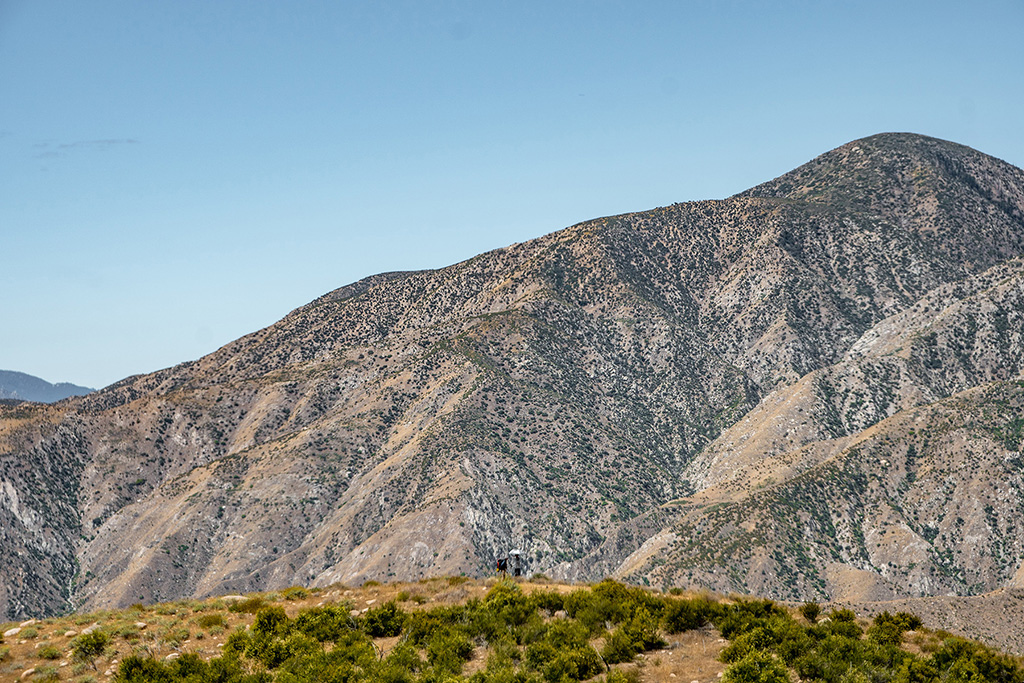
1. BE PREPARED FOR ANYTHING
Among the first things you’ll learn when planning is that the trail is divided into five distinct sections: the Desert, the Sierra, Northern California, Oregon, and Washington. Every year, hikers try to predict the conditions along the route. How hot will it be in the desert? How much snow will the Sierra hold? When will winter descend on Washington? Reviewing historical weather data, like temperature and snowpack averages, should be part of your research. Yet, day-to-day conditions can change dramatically. Be prepared for anything.
Adaptability and preparedness are your two greatest assets. I hiked through all-day rain (and even snow) in the desert and sunny snow-free sections in the Sierra. But a rainy desert morning can give way to a dry and blistering afternoon, and a snow-free Sierra can experience a late-season snowstorm. “Hope for the best, prepare for the worst” rarely rings more true.
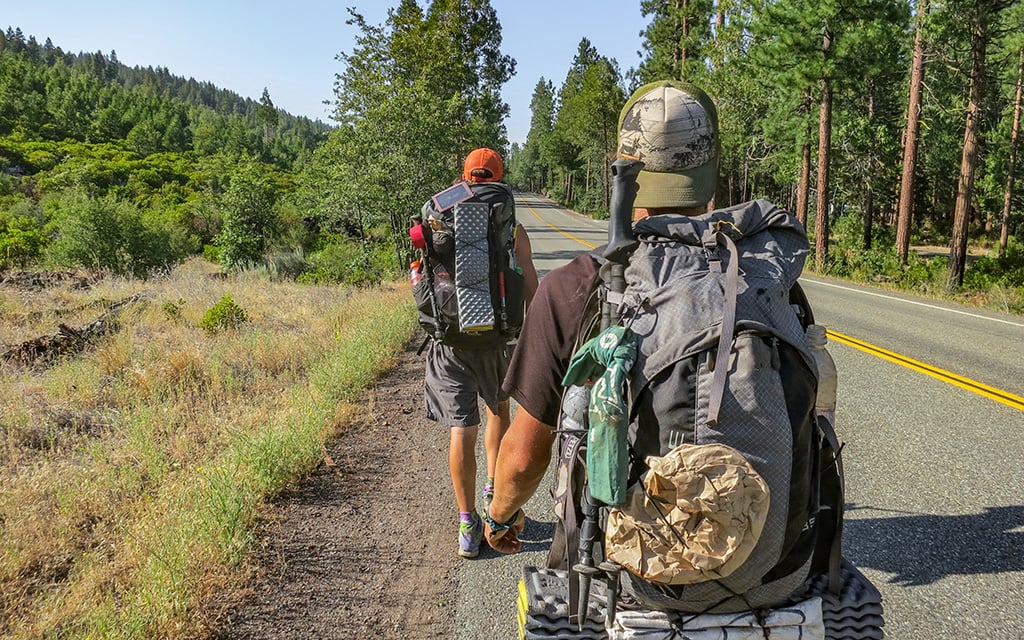
2. CHOOSE YOUR GEAR WISELY
Your gear will be put through the wringer on a thru hike. And the reality is, some gear is simply higher quality, performing better for longer periods of time.
As thru hikers, we use our gear every single day for months. Make sure you’re packing equipment that has already been proven on the trail and has a reputation for durability. Ideally, the brand you go with is willing to stand behind it, and if need-be, offer repairs.
According to a survey of more than 800 PCT hikers, the top three highest-rated sleeping pads used by hikers were from Therm-a-Rest. Topping the list was the NeoAir XTherm, followed by the NeoAir XLite, and then the Therm-a-Rest Z Lite Sol. Personally, I love the Z Lite Sol.
In addition to being widely used by thru hikers, Therm-a-Rest pads are usually easily field repairable, they offers repairs if you need help, and they have a solid warranty program.
Pro Tip: Review how to patch your pad before you hit the trail. All Therm-a-Rest pads come with a repair kit, and a sturdy patch job can last for weeks if not months. Being able to service your gear yourself can save you a lot of headaches (and sleepless nights).
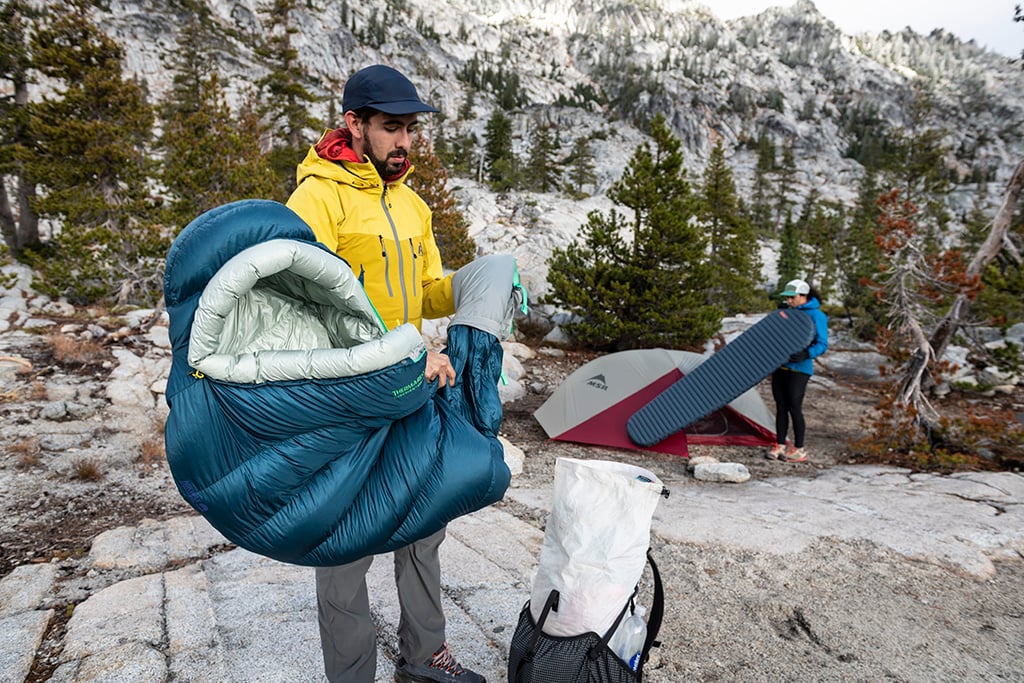 Photo by Scott Rinckenberger
Photo by Scott Rinckenberger3: THE PARADOX
When standing at the southern terminus of the Pacific Crest Trail at the US-Mexico order (or, at the northern terminus at the US-Canada border), it can be daunting to think of the long path ahead. Believe me when I say the 2,660 mi / 4,280 km to your destination will pass more quickly than you could ever imagine.
The paradox of the PCT is that you are on a sprawling adventure that feels like it will never end. Days blend into one another and days of the week become foreign concepts. Yet, simultaneously, hiking on the PCT is an unofficial race to the end of each mile, each day, each section.
Be present! Avoid getting caught up in thinking about the next town. Don’t set expectations for the valley after the pass. Yes, we’re all excited to get to the next town to inhale pizza, but the PCT is more than just a reason to absorb as many calories as possible. True, putting your head down and plowing through the day may be necessary every once in a while. But remember, hikers love this trail for its journey, not its destination.
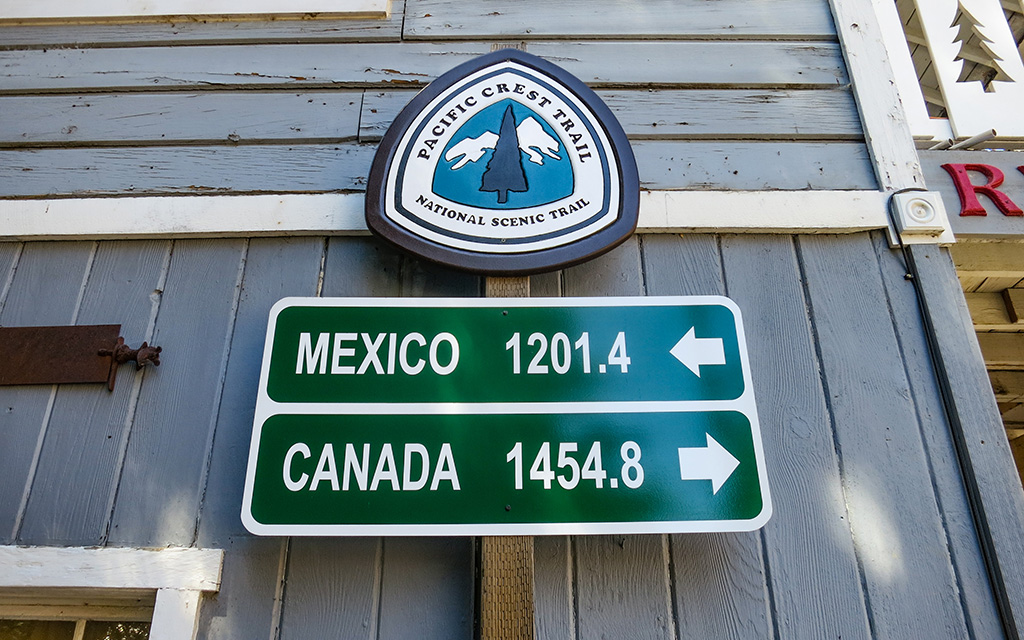
4: THE COST OF THE TRAIL
You’re leaving behind your responsibilities, bills, home, and friends to walk through nature for five months. Sounds like a fairly inexpensive way to spend half your year. Except that it’s not. The PCT is more than a solitary dirt path through the wilderness. “Town,” as it’s known to thru hikers, has become an integral part of life on the trail, and it can be a bit of a money hole.
Town is where you’ll stock up on food to satisfy your raging hiker hunger. Chances are you’ll want a proper restaurant meal. You may even get yourself a hotel room for a real bed and a shower. If you start to feel like quitting, town is a great place to reset. In other words, costs in town add up. Bring more money than you think you’ll need.
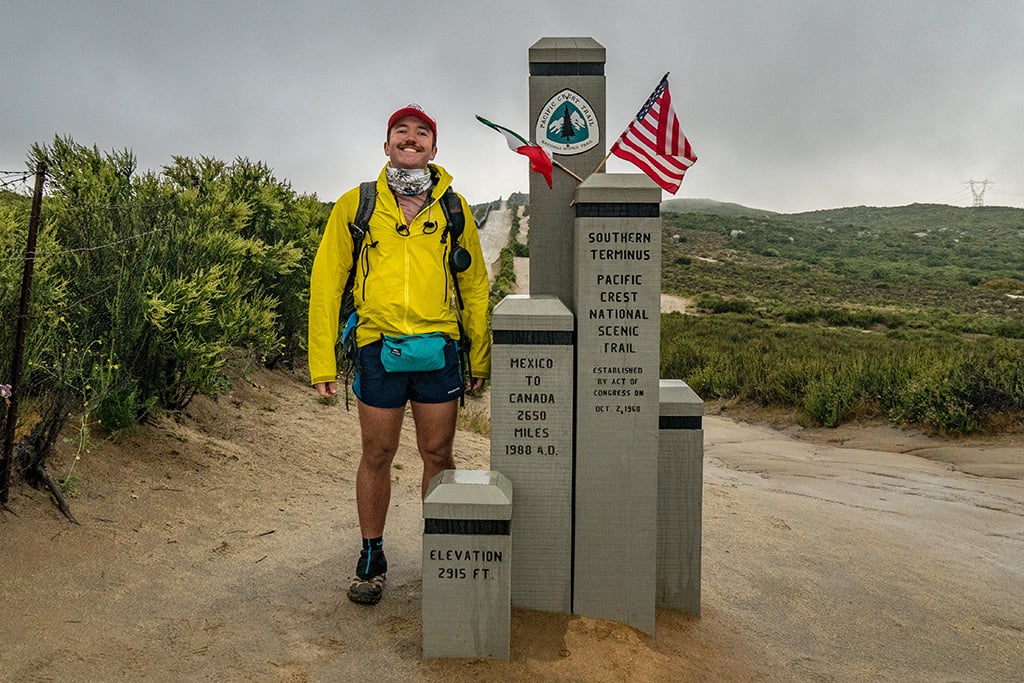
FINAL THOUGHTS
Many people approach a thru hike by meticulously planning each day’s mileage and plotting resupply points. Managing those details is great, but it’s hard to plot the details of the unexpected. Be prepared for a vast array of weather conditions and those things that could go wrong on your hike.
Diligence here extends to your gear kit. A Therm-a-Rest sleep system, including the ridiculously light Hyperion sleeping bag, can be trusted to handle the trail’s unexpected demands—make sure every piece in your kit can handle the same.
Save up some extra money for a rainy day (literally), and slow down to enjoy your time on the trail. The scenic passes and majestic mountains may be there forever, but you might only glimpse some of them once.
And one more thing: Take pictures of your fellow hikers. You’ll be happy you did, trust me.
Related Posts:
- 7 Things I Wish I Knew Before My First Thru-Hike
- 4 Tips to Mentally Preparing For A Thru Hike
- 7 Secrets To Sanity On Long Hikes
Updated. Originally Published April 14, 2020.
